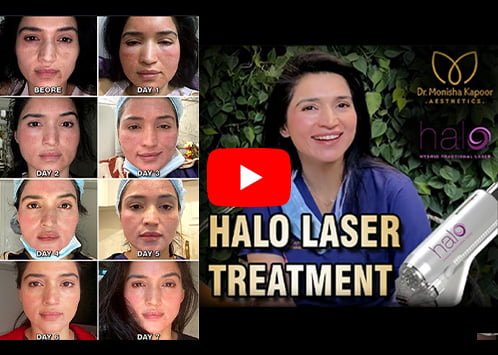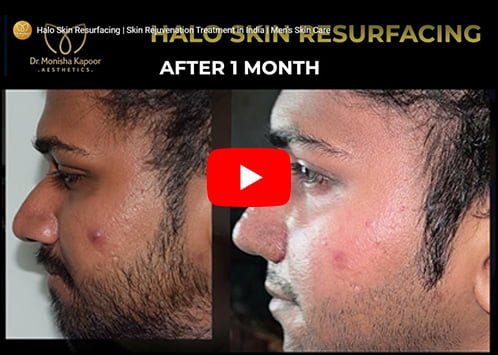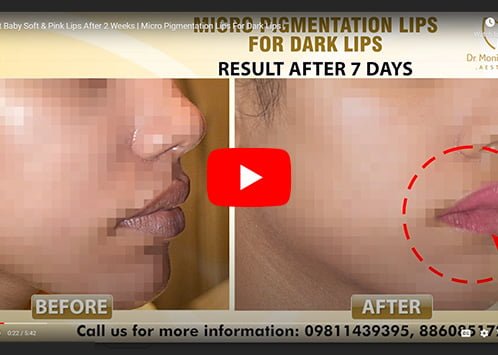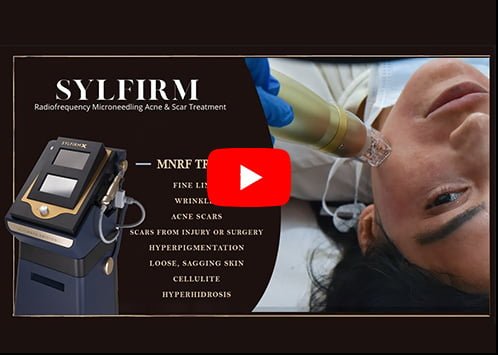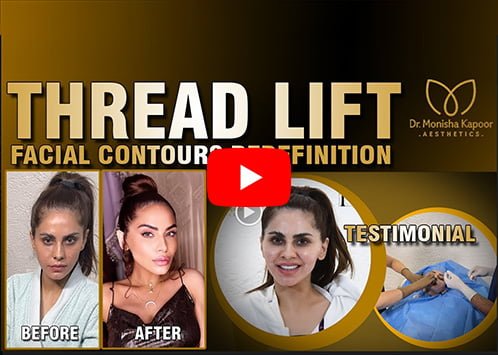
Q Switch
Laser
What is a
Q-Switched Laser
Treatment?
A Q-Switched Laser is used in various procedures: the laser is a beam of energy at a specific wavelength (1064nm) which is applied to the skin/ face and is absorbed by colored pigments such as freckles, sun spots, age spots, etc. in the skin.
The power settings of the laser can be set at different levels and frequencies to accommodate your specific condition and expectations.

What is it used for?
- Pigmentation (such as freckles, sun spots, age spots, brown spots, melasma, birthmarks).
- Acne marks.
- Fairer skin.
- Pimples and acne.
- Tattoo removal.
How do I know if I need this treatment?
The Q-switched laser is appropriate if you have a few isolated colored spots, large or small, that you would like to remove. We stress that the treatment is best for removing only a few spots.
If you have many diffused spots we recommend a photorejuvenation procedure such as with intense pulsed light or the Fraxel laser. The Q-switched laser is also an effective against sunspots on the chest, arms or legs.
How does Q-switched laser treatment work?
The Q-switched laser is used to remove unwanted brown spots, sun freckles, or tattoos and melasma from your skin.
the laser energy pulse, Which is in billionths of a second, releases the pigment into the skin so it can be naturally reabsorbed and disposed of by the body.
the laser energy feels like many tiny hot dots on your skin. the discomfort is greatly reduced (but not eliminated) by a stream of cold air directed at the spots during treatment.
tattoo removal without anesthetic is very painful, so we always attempt to anesthetize the area before performing tattoo removal.
How does it work?
Pigmentation removal- The laser energy is absorbed by the pigments (usually brown, or grey in color). These pigmentations break off into smaller fragments and are naturally cleared away by the body and skin.
Acne scars- Acne scars are caused by inflammation (the redness and pain) from pimples.
The inflammation causes the skin to produce pigments. These pigments are a cause of acne marks, which can be effectively removed with the laser.
Face whitening treatment- The color of our skin is also determined by the number of skin pigments. Darker skin people or people who go sun tanning often have more skin pigments.
The laser, at the correct setting, helps lighten the skin tone and makes it fairer and brighter.
The laser uses its energy to remove dirt, dead skin cells, oil, and superficial facial hair. Take this as a quick, effective and multi-purpose medical facial!
Pimples and acne – The laser energy can also kill P-acne, which is the bacteria that cause pimples and acne.
at the same time, the laser energy also shrinks the oil glands in the skin and helps with oil control.
Pimples and acne also tend to be less inflamed after laser treatments and this reduces the number of acne marks after a breakout.
Tattoo removal- Tattoo inks are foreign pigments introduced into the body. Like natural skin pigmentations, the laser energy breaks down the tattoo ink and removes the tattoo.
during the procedure, the pigmentation color intensifies and in the laser influenced areas there is a slight swelling, sometimes even bruises.
for about a week the pigmentation gradually dissolves. No anesthetic is necessary during the procedure.
the duration depends on the length of the treated part. For restricted pigment stains, the treatment lasts a few seconds, for the whole face treatment, diffuse pigmentation removal the procedure lasts about 30 minutes.
usually, for a restricted pigment stain removal -3 procedures would be enough. For diffuse pigmentation removal, 5 to 6 procedures are required as the whole face is treated.
What can I expect from the treatment?
A single treatment usually removes greater than 75 to 100% of an individual brown spot. A second or, on rare occasions, A third treatment, may be needed to completely neutralize the color.
- Nothing is 100%, but you can expect 70-90% clearance or lightening of your pigmentation.
- Very high success for clearance of acne marks.
- Prevention and treating pimples and acne.
- Fewer outbreaks in the future.
- Better oil control.
- Fairer and brighter skin.
- Complete clearance of tattoos (depending on ink color).
What are the risks and side effects?
A red or brown spot may appear when the treated sun freckle is gone and the crust heals. Although this new spot is temporary and usually goes away on its own.
it can be treated if it persists. Infections and scars are rare. Proper skin care and sun avoidance are important.
prior to the treatment potential risks and side effects will be discussed with you by your cosmetic coordinator and medical provider.
Is it safe?
Q-Switched Laser Treatment is a gentle or alternative and requires fewer sessions than skin resurfacing procedures to achieve similar results.
thus, reducing the chances of side effects greatly. It does not cause the skin to become thinner.
Is it painful?
The laser energy feels like many tiny hot dots on your skin. The process is very tolerable and effective.
Is there downtime?
The best part of the Q-switched laser is that it is effective with no downtime. A mild pinkish flush might be present for about 15 mins after the laser.
you can put on make-up immediately after a laser treatment and go straight back to the work.
How many sessions does Q-switch laser require?
Q-switched laser requires between 10 and 15 sessions. The tattoo should be completely removed in 1 to 3 sessions.
What happens after treatment?
If the area being treated is the face, make sure to tell the provider if you have a history of cold sores on herpes simplex because laser energy may activate the virus.
be aware that you will have crusts on the treated area for a few days to 2 weeks (if on the legs, it may even be 3 to 4 weeks).
we recommend that you treat these with plain vaseline or petroleum jelly and keep them covered with bandages until they are healed, as this speeds the healing.
Although you can use makeup over the treated areas, they may be difficult to cover with makeup. Otherwise, no preparation is necessary.
you feel a burning sensation on the treated area for several minutes or up to a few hours. The spots become red and form a crust that must be covered to heal optimally.
the crust heals in 3 to 14 days, (longer for arms and legs) depending on the location and how well you care for it.
What about other lasers that are faster and cheaper?
The Q-Switched laser is now probably the most common laser procedure performed.
Many no-frills clinics have started offering short and quick laser procedures. These places are also using the Q-Switched lasers.
The differences between a no-frills laser treatment and the usual Q-switched laser treatment are:
- No-frill treatments are all standardized for everyone and energy settings are not tailored to your specific needs and expectations.
- No-frill treatments are much more regular (sometimes even daily) compared to the usual Q-switched laser treatments due to its shorter duration per treatment.
What are the advantages of a usual Q-Switched laser treatment :
Results: Expect a tailored program and laser setting for each individual for more effective clearance of pigmentation, pimples or marks with the usual Q-Switched laser treatment in Delhi.
Safety: Everything should be done in moderation. The risk of side-effects from no-frills laser treatments is greatly increased due to the increased number of sessions you would have to go in order to see similar results.
these side-effects include hypopigmentation (white patches on the skin) and hyperpigmentation (darker pigments due to over-stimulation of the skin).
Time-saving: Usual Q-Switched laser treatments last for about 12 to 15mins and is done once every 3 to 4 weeks.
this saves time compared to no-frills laser treatments which only last for 1 to 2mins each and you would be advised to do these treatments up to 3 to 7 times a week.
Cost-effective: No-frills laser treatments might seem cheaper due to a lower cost per treatment but is, in fact, more expensive in total.
the shorter duration (1-2mins/treatment) and an increased number of treatments (30-50 treatments) required for a no-frills laser treatment will amount to higher cost for a similar result.

